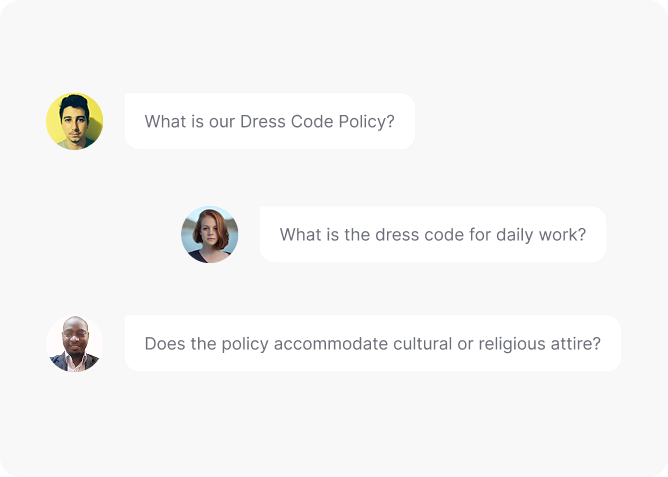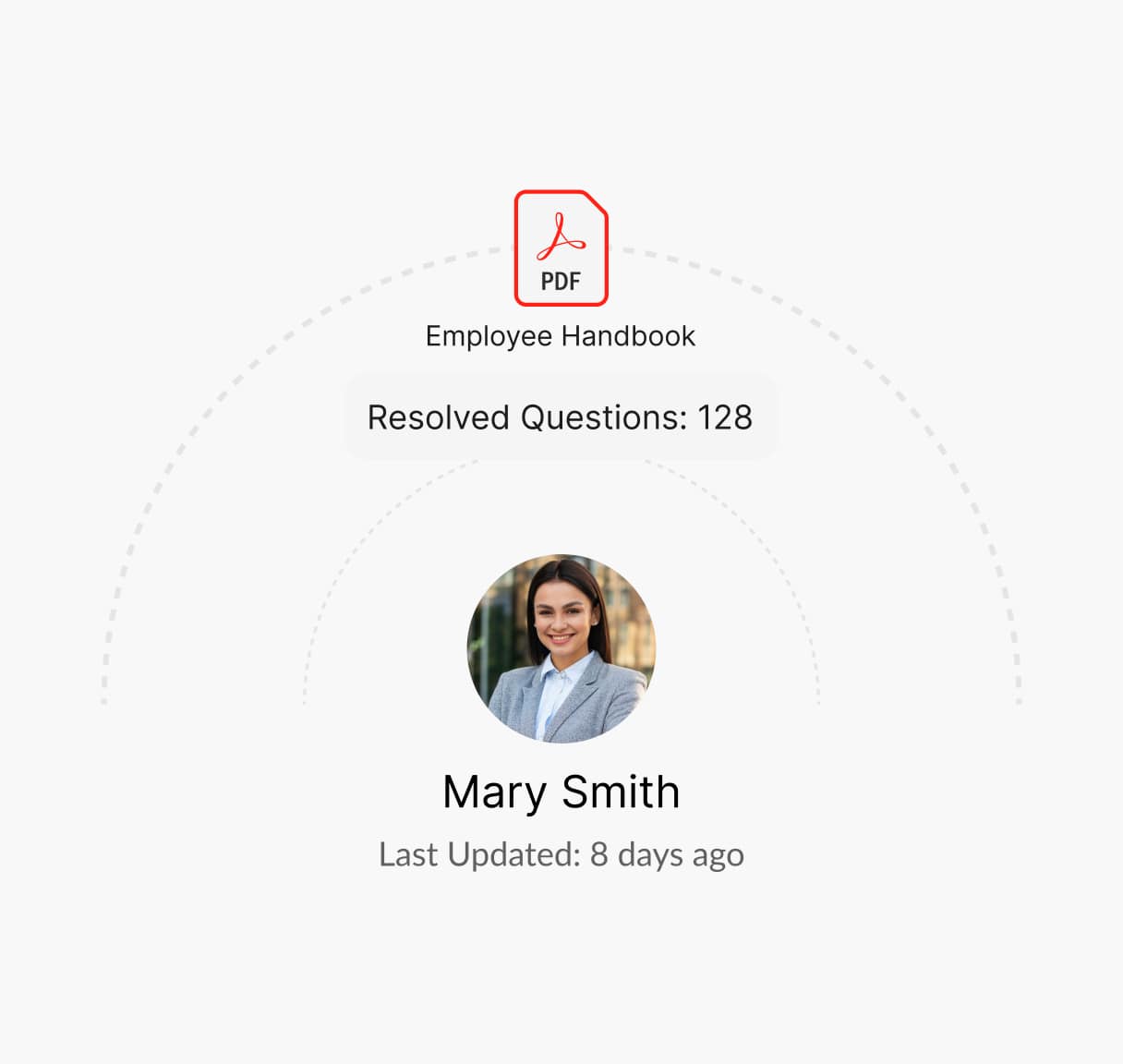Everything You Need to Know About Dress Code Policy
A well-defined Dress Code Policy ensures employees maintain a professional appearance that aligns with company culture and industry standards. It sets expectations for workplace attire, balancing professionalism with comfort and inclusivity.

What is a Dress Code Policy?
A Dress Code Policy is an HR document that defines the organization’s expectations regarding employee attire and appearance. It outlines appropriate dress standards for different roles, workplace settings, and occasions, ensuring professionalism while considering comfort and inclusivity.
A well-defined dress code policy promotes a cohesive company image, maintains workplace safety where required, and ensures employees understand attire expectations.
Guidelines for Creating a Dress Code Policy
A well-defined dress code policy ensures a professional and inclusive work environment while aligning with company culture. Here are some guidelines to consider:
Define Dress Code Categories
Specify the types of attire (e.g., business formal, business casual, uniform requirements).
Consider Job-Specific Requirements
Ensure dress code policies accommodate different roles (e.g., customer-facing, warehouse, remote).
Ensure Inclusivity & Non-Discrimination
Allow accommodations for religious, cultural, and disability-related dress needs.
Set Guidelines for Remote Work Attire
Define expectations for video meetings and virtual professionalism.
Establish Enforcement & Compliance Procedures
Clarify consequences for non-compliance and the escalation process.
Communicate & Review Periodically
Regularly update policies based on feedback and evolving workplace norms.
What is Covered in a Dress Code Policy?
An effective Dress Code Policy should include the following:
Acceptable Attire
Define what is considered appropriate for different work settings.
Uniform & Safety Gear Requirements
Specify required attire for roles involving safety hazards.
Casual & Special Event Guidelines
Outline exceptions for casual Fridays, events, or themed dress days.
Grooming & Hygiene Expectations
Address personal grooming standards if applicable.
Remote & Hybrid Work Attire
Clarify expectations for virtual meetings.
Policy Enforcement & Disciplinary Actions
Detail how violations are addressed.
Accommodations & Exemptions
Ensure compliance with legal and cultural considerations.
Need help creating a Dress Code Policy?
How Winslow helps HR teams save time on responding to Dress Code Related Queries Effectively
Managing dress code inquiries can be time-consuming, but Winslow, your AI-powered HR assistant, simplifies the process:

Instant answers anytime
Winslow makes your Dress Code Policy easily accessible via Slack, Teams, or email. Employees can instantly check workplace attire expectations, uniform guidelines, casual Friday policies, and accommodation requests.
Personalized Support
Winslow instantly answers employee questions, including those about your Dress Code Policy, ensuring clarity on acceptable workplace attire, special event dress codes, and religious or cultural accommodations.


Analytics and Insights
Winslow tracks policy-related queries, helping HR teams identify trends and common concerns. This data enables organizations to refine their policy, improve reporting channels, and address recurring issues proactively.
Save Time Responding to Dress Code Related Queries With Winslow
A clear dress code policy is essential for clear communication — but answering the same questions can drain HR’s time. Winslow automates policy-related queries, giving employees instant, accurate answers while freeing your team to focus on what matters most.
Frequently asked questions
Have further questions about Winslow, contact us at sales@usewinslow.com
What is the company’s general dress code policy?
The dress code depends on the workplace setting. Business casual is standard, but some roles may require formal attire, while others allow casual wear.
Are there specific dress code requirements for client-facing roles?
Yes, employees interacting with clients should wear business attire or follow industry-specific dress standards to maintain professionalism.
Can employees wear casual clothing on certain days?
Many companies allow casual dress on Fridays or specific days, provided employees maintain a neat and presentable appearance.
Are there restrictions on tattoos, piercings, or hairstyles?
The company embraces diversity but may have guidelines for visible tattoos, piercings, or hairstyles in roles requiring a professional appearance.
What happens if an employee violates the dress code?
Employees may receive a reminder or be asked to change attire. Repeated violations could lead to disciplinary action.
Additional resources
Device Usage Policy
Managing employee leave effectively is vital for maintaining workforce productivity and compliance....
Learn moreconfidentiality policy
Protecting sensitive information is crucial. A clear Confidentiality Policy outlines guidelines for...
Learn moreclaim reimbursement
Ensuring fair compensation for expenses is key. A clear Claim Reimbursement Policy...
Learn more




